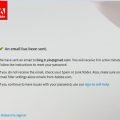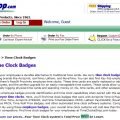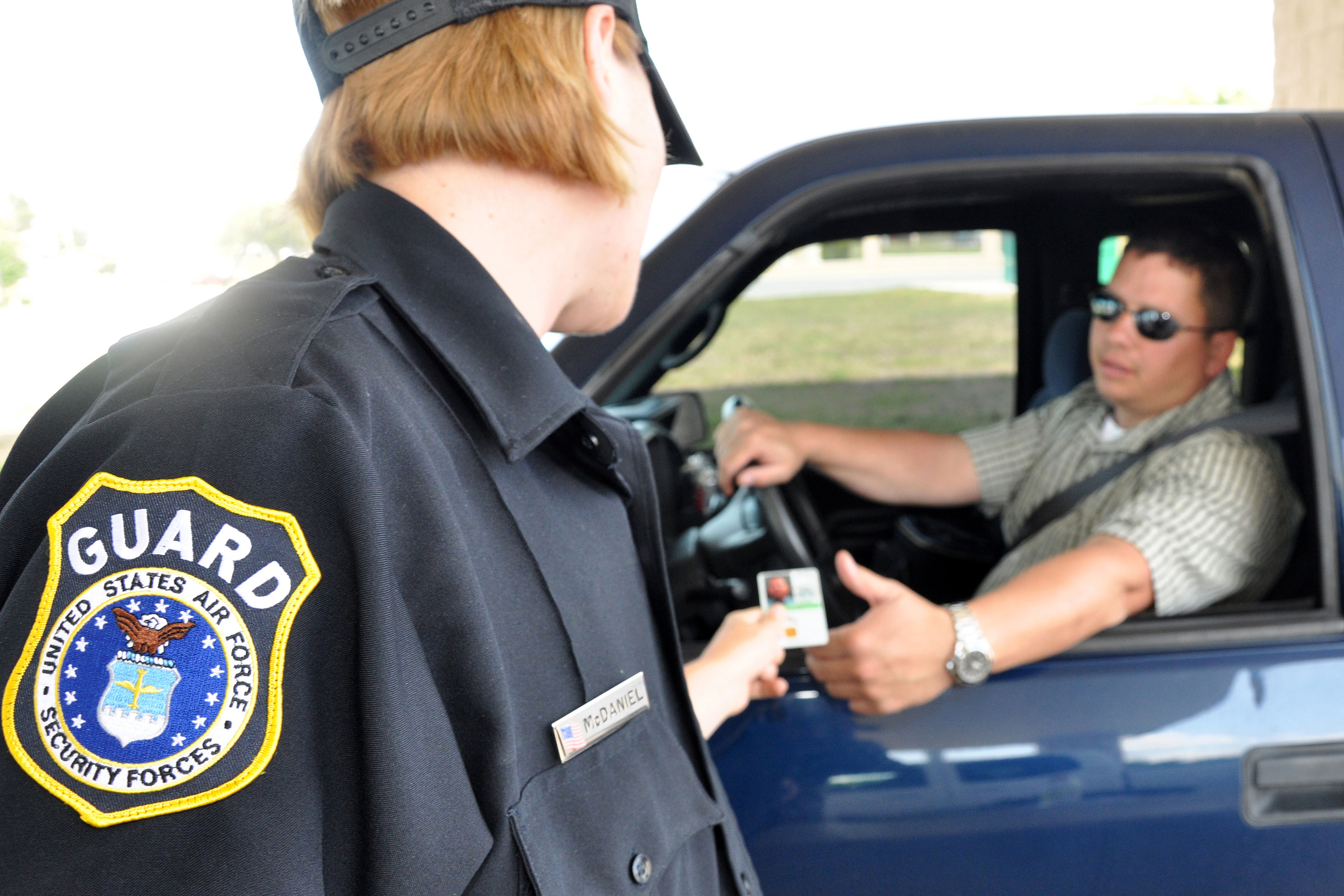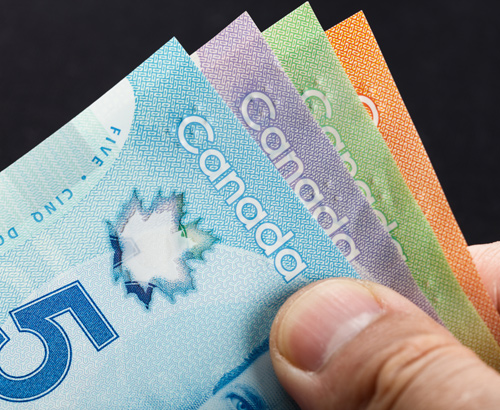I read the Twelve Ways to protect yourself from Identity Theft on “Digital Home”.
It shows about 25% Canadian have either themselves personally (4%), or know someone who has (20%), been subject to identity theft.
What is Identity Theft?
The federal office of the Privacy Commissioner of Canada defines identity theft as the unauthorized collection and use of your personal information, usually for criminal purposes. The government says that every year, thousands of people are victims of identity theft.
Why do criminals want this information? Your name, date of birth, address, credit card, Social Insurance Number (SIN) and other personal identification numbers can all be used to open credit card and bank accounts, redirect mail, establish cellular phone service, rent vehicles, equipment, or accommodation, and even secure employment.
If a thief gets a hold of your personal information, then they can rack up huge bills, charges, bad cheques, and taxes that would become your responsibility.
In 2004, PhoneBusters National Call Centre, the national call centre dedicated to the prevention of deceptive telemarketing, received 11,001 identity theft complaints by Canadians, amounting to more than $18.3 million in fraud losses.
Digital ID is the one place to print or show your ID on cards.
How does it happen?
Dumpster Diving
Identity thieves often steal purses or wallets, and steal newly issued cards or credit card applications from your mailbox. Some, known as “dumpster divers,” will even rummage through trash to pick out bank and credit card statements. Letters that contain “pre-approved credit-card” offers, if not shredded or destroyed, can be sent back to the issuing bank requesting that the card be sent to the recipient (i.e., you), but at a new address of the identity thief’s choosing.
Shoulder Surfing
Some identity thieves also engage in “shoulder surfing”: looking over your shoulder or from a nearby location as you enter your Personal Identification Number (PIN) at an ATM machine. By installing a fake ATM device that reads your card’s encoded data, or by distracting you while your card is taken or switched with another, an identity theft can then use your PIN to drain your bank account without your knowledge.
Skimming
Identity thieves also “skim” or “swipe” customer credit cards at restaurants or cash stations, using an electronic device known as a skimmer. The skimmer records the personal information data from the magnetic stripes on the backs of the cards. Identity thieves then transfer or transmit those data to another location, sometimes overseas, where it is re-encoded onto fraudulently made credit cards.
Phishing
Many criminals who want to obtain personal data from people online use a technique known as “Phishing”: the creation of e-mails and websites that appear to belong to legitimate businesses, such as financial institutions or online auction sites. Consumers receive e-mails claiming to be from a legitimate business are often directed to a website, appearing to be from that business, at which the consumers are directed to enter large amounts of personal data. In fact, the criminals who created these e-mails and websites have no real connection with those businesses. Their sole purpose is to obtain the consumers’ personal data to engage in various fraud schemes.
Inside Sources and Theft of Data
Law enforcement agencies in North America have noticed a significant increase in efforts by identity thieves to access large databases of personal information that private companies and government agencies maintain. Criminals have broken into offices to steal computer hard drives, bribed or compromised employees into obtaining personal data for them, and hacked into databases.
Twelve Ways to Protect Yourself from Identity Theft
# 1 – Guard your personal information
The most important thing to do to prevent identity theft is to be careful about sharing personal information. Only give out the minimum amount of information that is required and if you are asked to provide personal information, then be sure to ask how it will be used, why it is needed, who will be sharing it and how it will be safeguarded.
# 2 – Don’t Leave Personal Information Unattended
When you are out in public or social gatherings be sure to hold onto your purse or wallet or ensure that it is in a secure place. Don’t leave it unattended at work, restaurants, health clubs, in a shopping cart, or at social gatherings.
# 3 – Shred Personal Information
Don’t let dumpster divers get access your information. Be careful what information you throw out. Burn or shred personal financial information such as statements, credit card offers, pre-approved credit card applications, credit card receipts, and insurance forms.
# 4 – Keep your SIN to yourself
Don’t give out your Social Insurance number (SIN), or any bank account details, unless you are dealing with the government, your employer, or your bank directly.
Your employer will need your SIN for income tax reporting purposes, and your bank account number for payroll purposes.
#5 – Protect your Credit Card
North American banks have done an incredible job in protecting consumers from what can happen if your credit card is lost or stolen, however, consumers still have a very important role to play so be sure to heed the following when using your credit card.
Sign all your credit cards as soon as you receive them and never lend them to anyone.
Take advantage of technologies that enhance your security and privacy when you use the Internet, such as digital signatures, data encryption, and “anonymizing” services.
Don’t give your credit card number on the telephone, by electronic mail, or to a voice mailbox, unless you know the person with whom you’re communicating or you initiated the call yourself.
Carefully check each of your monthly credit card and bank statements and look for unauthorized purchases and withdrawals.
Notify creditors immediately if your identification or credit cards are lost or stolen.
# 6 – Take All Receipts
After you have visited a retail store, bank machine, gasoline pump or any place where a receipt or confirmation notice was issued be sure to never leave receipts behind.
If you don’t need the receipt, ensure you destroy the paperwork so that no one behind can take advantage of the information on that piece of paper.
#7 – Be Aware of Billing Cycles or Missing Mail
In addition to checking monthly credit card and bank statements, pay attention to billing cycles or to a lack of mail being delivered to your address.
If you’re not receiving your statements or bills, don’t assume the issuing company has made an error, it is possible a fraudster is illicitly intercepting the mail.
# 8 – Cover Keypad Entry when entering PIN Numbers
When entering PIN numbers at direct purchase terminals, bank machines, or telephones be sure to cover the keypad to stop shoulder surfers.
If you are in a store where you suspect the debit card machine is comprised, purposely enter the wrong PIN number. If the machine accepts it, then you know its compromised whereas if it forces you to re-enter the PIN number, then it is secure.
# 9 – Use difficult passwords
Choose difficult passwords not your mother’s maiden name or you pets name.
# 10 – Avoid Writing Down Passwords and PINS
Avoid keeping a written record of your bank PIN number(s), social insurance number and computer passwords, and never keep this information in your wallet or hand bag.
If you must write them down, then don’t note clearly write what each number is for and don’t keep in a location that easily accessible.
# 11 Hang Up on Telephone Solicitors
This is good advice for many reasons, however, avoid mail or telephone solicitations disguised as promotions or surveys offering instant prizes or awards designed for the purpose of obtaining your personal details including credit card numbers
Never provide personal information such as SIN, date of birth, credit card numbers, or PIN over the telephone unless you have initiated the call. This is true even if you think the company or bank calling is a trusted source. If necessary, hang up and dial back the bank or companies number back. If they’re reputable, they’ll understand.
#12 Check your Credit Report
Consider ordering a copy of your credit report from the major credit reporting agencies annually.
Check with the credit bureaus to see whether there is a charge for this service. Make sure your credit report is accurate and includes only those activities that you have authorized.
Think you might be a Victim?
The following is a list of things to do if you have been a victim of identity theft. Our recommendation is that at each of these four steps you ask the respective agency and / or organization what additional steps you should take to deal with the problem.
Call PhoneBusters National Call Centre at 1-888-495-8501. PhoneBusters has a mandate to gather information and intelligence about identity theft, and will provide advice and assistance to identity theft victims.
Report the matter to your local police and ask for a copy of the police report so that you can provide the evidence to the various companies you need to contact.
Fill out an Identity Theft Statement. This form developed by the federal government is used to notify financial institutions, credit card issuers and other companies that you have been a victim of identity theft. This statement gives them information they need to begin an investigation of the incident. You can get a copy of the Identity Theft Statement at www.consumerinformation.ca.
Contact the two national credit bureaus: Equifax Canada at (800) 465-7166 and Trans Union Canada at (877) 525-3823 and request a fraud alert.
Important Links to learn more
Phonebusters: www.phonebusters.com
Privacy Commissioner of Canada: www.privcom.gc.ca
Consumer Measures Committee: www.cmcweb.ca
Visa Canada: www.visa.ca/securewithvisa
Canadian Consumer Information Gateway: www.consumerinformation.ca
Royal Canadian Mounted Police: www.rcmp.gc.ca
Ontario Provincial Police: www.opp.ca
Competition Bureau: www.cb-bc.gc.ca
Summary
The bad news about identity theft is that it is rising but the good news from the Ipsos Reid study is that more and more Canadians want to know more about how to protect themselves which should curb those rising numbers.
This article is saved here for the purpose to remind every Canadian to take care your personal information as to your baby.






